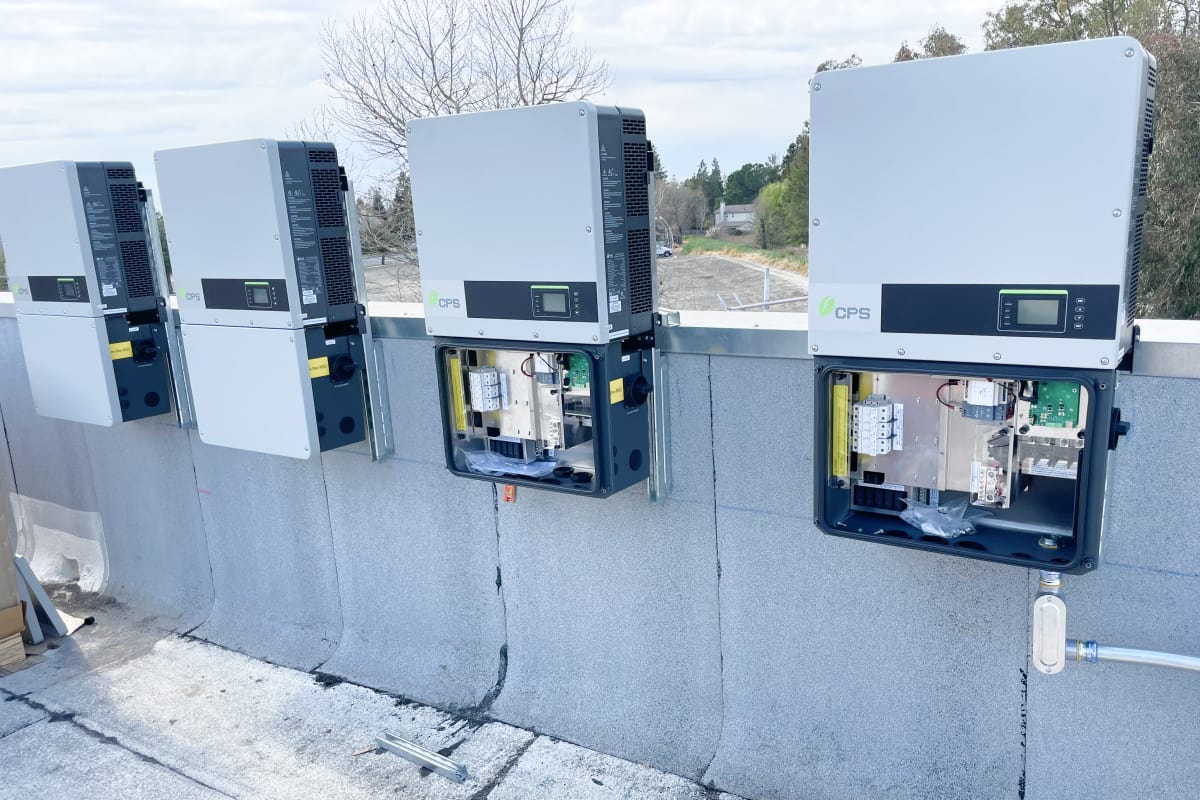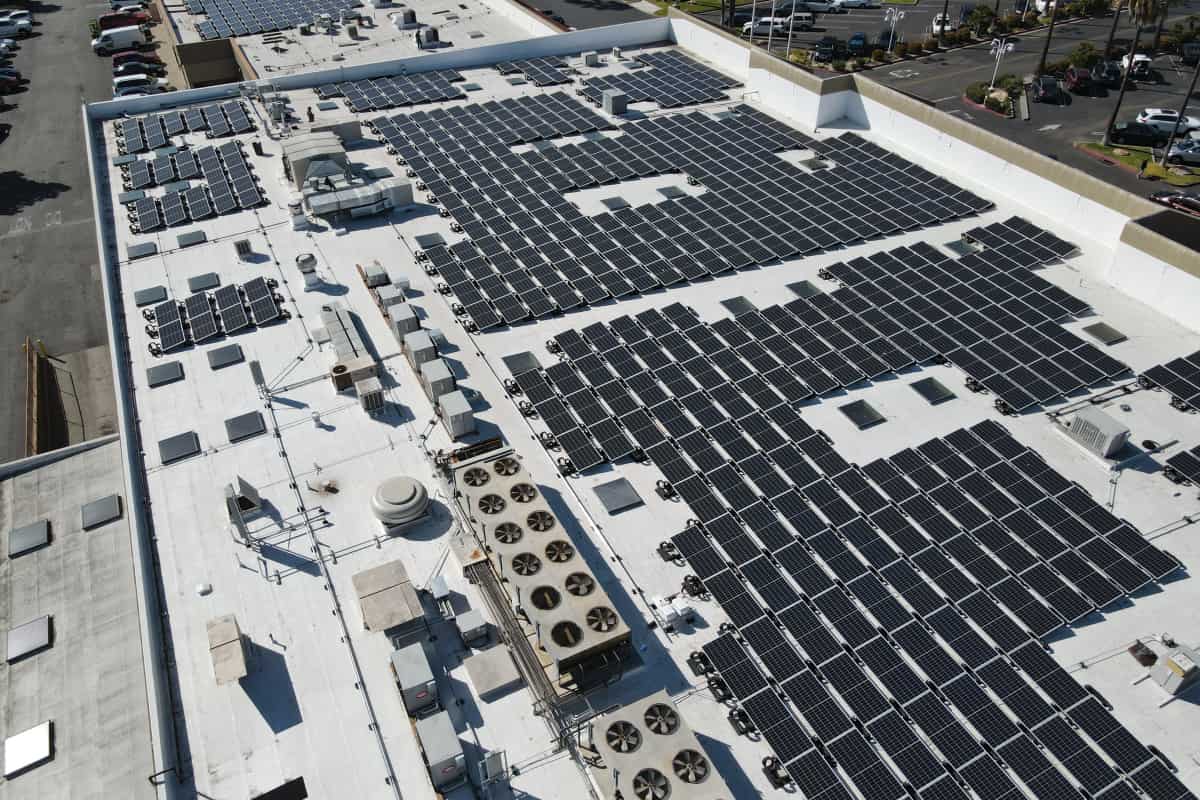It’s no secret that there are a number of hoops to jump through before your commercial solar system goes online. Between the applications, inspections, and approvals, it’s a lot to manage, although they are all for good reason. Keeping the solar process organized and structured creates a safer environment for both property owners and the utility.
But, you’re eager to flick the switch on your commercial building’s new system. Not only will it provide your tenants with access to discounted, sustainable energy, but it will also be a huge value driver for your property. Your tenants are probably even asking about the solar program’s start date and want to start seeing savings on their bill.
From your end, everything seems ready, but your solar partner says that you need to wait for the PTO. No one’s taking time off here, so what’s a PTO for solar?
PTO for solar, or permission to operate, is the final step in the interconnection process where you receive approval from the utility to activate your solar system and begin generating electricity. Procedures, rules, and regulations can vary by utility, but here’s what you can expect.
Before the PTO stage
Getting to the PTO stage takes up a bulk of the commercial solar process, as it involves a majority of the “heavy lifting.” Before you’re ready to apply for PTO, you, or your solar partner, have already filed your interconnection application with the project specs, secured a building permit with your city, procured parts, and installed the system.
The utility has also studied and approved your system, and you have made any changes or updates that they requested. The local city or county authority, or AHJ (authority having justification), that issued the building permit has also signed off.
So now, after both the utility and local authority have approved the commercial installation, you are ready to apply for PTO for your solar system.
The PTO process
Once the solar system is ready for operation, your commercial solar partner will schedule a PTO inspection with your local utility. In California, the lead time required for the inspection can vary by utility, but there is no additional cost outside of the original application fee.
Usually, on the date of the scheduled PTO inspection, a utility inspector will come to your commercial building and examine the solar system. They’ll confirm that the project matches the submitted design documents, reviewing the tie-in point as well as part numbers for the disconnect, meter equipment, inverters, and solar panels.
At this point in the solar PTO process, the inspector will also have the solar contractor turn on the system so they can verify that it’s operating safely. They’re mainly checking for an anti-islanding window, where the inverters don’t produce power for a minimum of 2 minutes. This keeps utility personnel safe by making sure that the inverters don’t unexpectedly energize the lines during a power outage.

If there are discrepancies between the information given to the utility with the original interconnection application, like design or part changes, they will need to be resolved before the utility approves the PTO. If no issues are found, the system is immediately energized for commissioning and testing purposes.
After approval, the utility will provide a PTO letter in around 3-5 days, marking the official starting point for commercial operation.
What happens after the PTO
After the PTO letter is received and the system is fully operational, your solar system will begin producing energy for tenants of your commercial building. The newly installed meter will monitor the amount of solar power produced and help with distribution amongst tenants.
If your commercial building has a King Energy solar system, enrolled tenants will receive a single statement for all their energy usage from OneBill™. This statement will have both utility and solar savings included, as well as a breakdown of usage. Tenants make one payment, and King Energy handles the rest.
It’s important to note that it may take the utility one or more billing cycles for them to begin registering your solar savings on your account, so your first bill may only have utility charges. Once the utility updates their system, you’ll still receive the discount for all of your solar generated from the original PTO letter date.
Tenants at commercial buildings with other solar systems may start receiving 2 separate bills, one from the utility and another from their solar provider. They will need to manage each account separately and make multiple payments.
Keeping the PTO process smooth
It can be a daunting task to bring solar to your commercial building, so it’s important to work with a partner that knows how to navigate through the process. Experience with the procedure and an understanding of the utility’s ins-and-outs can mean the difference between a seamless installation and numerous unexpected delays.
King Energy has successfully launched projects all over California, working closely with all three of the largest utility companies: PG&E, SDGE, and SCE. Our dedicated team handles the process end to end, managing scoping, engineering, applications, installation, and repairs for the life of the program at no cost to commercial property owners.

At multi-tenant properties, we rent the roof from property owners instead of relying on complex contracts, financing, or revenue shares. Landlords get an increased rent roll and property value, and their tenants receive access to discounted solar energy for 10% less than the utility rates.
Contact us for a personalized proposal for your multi-tenant building.
